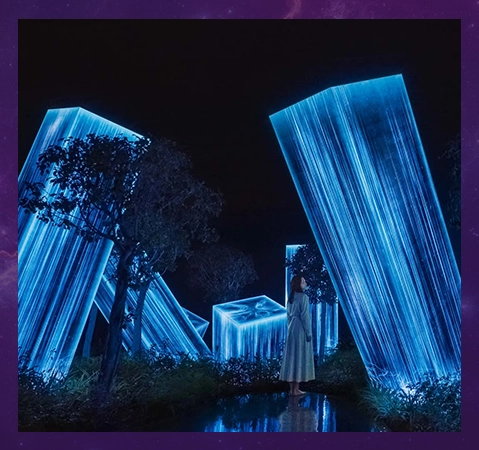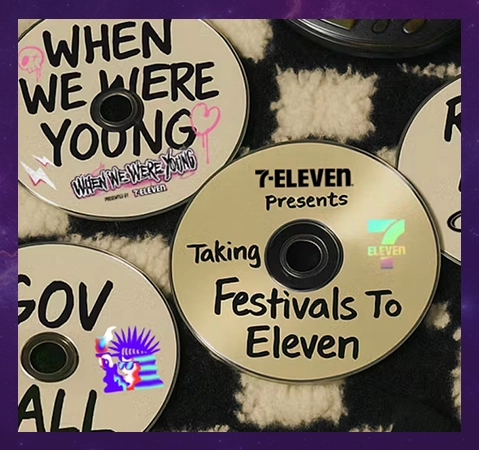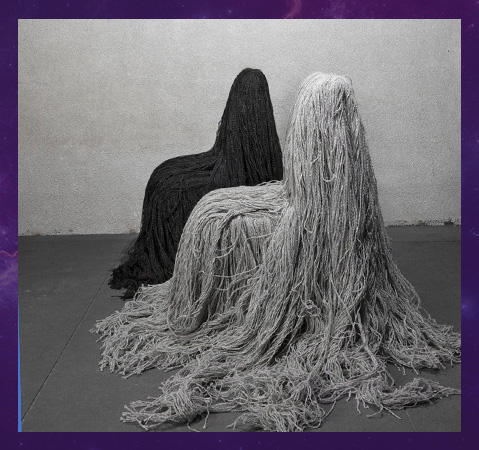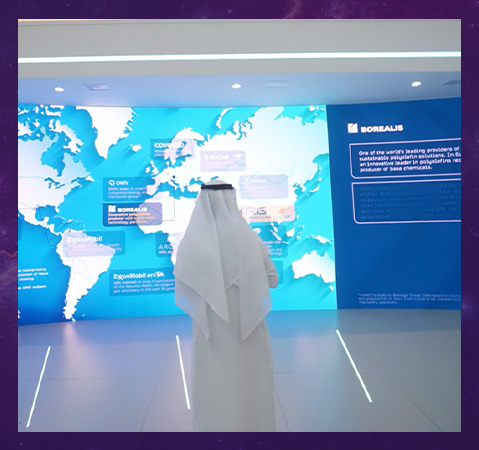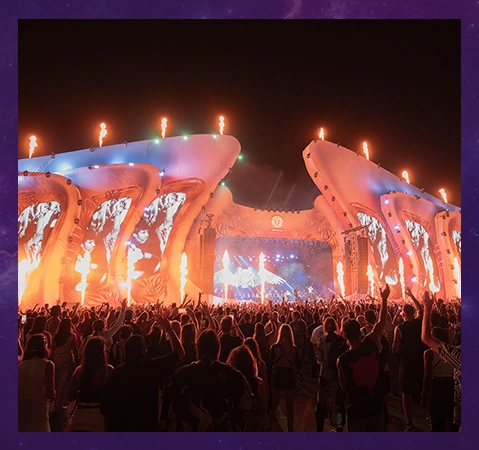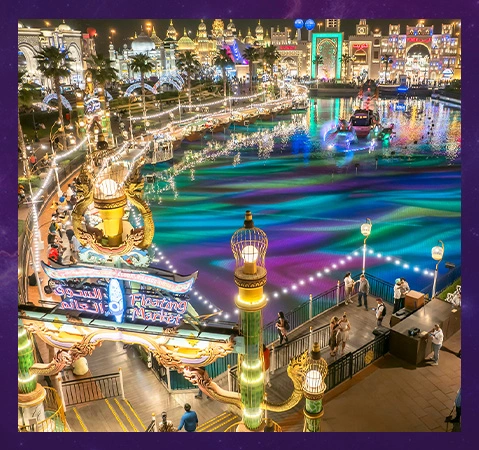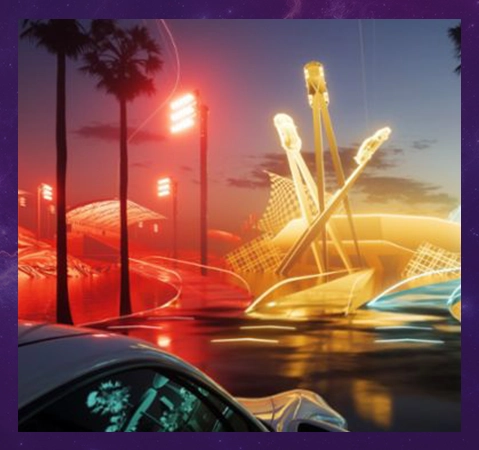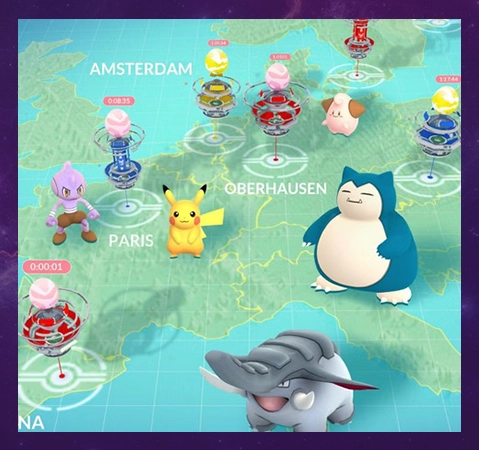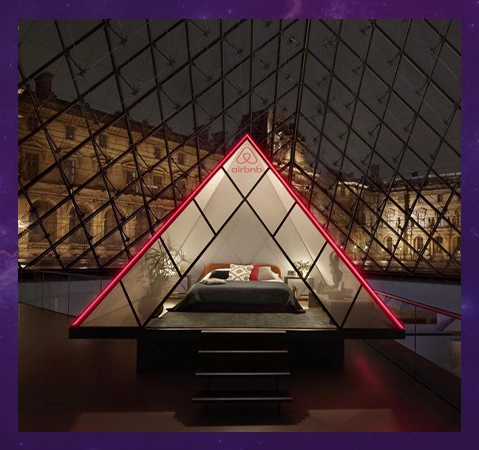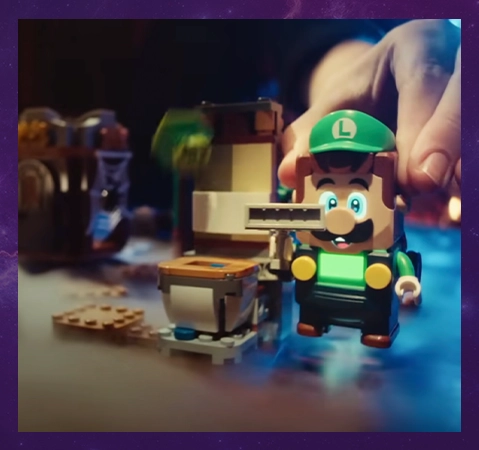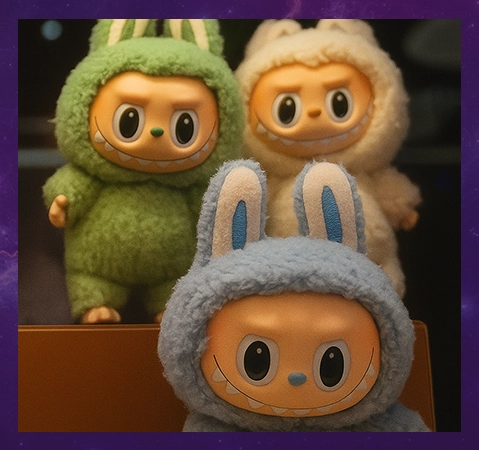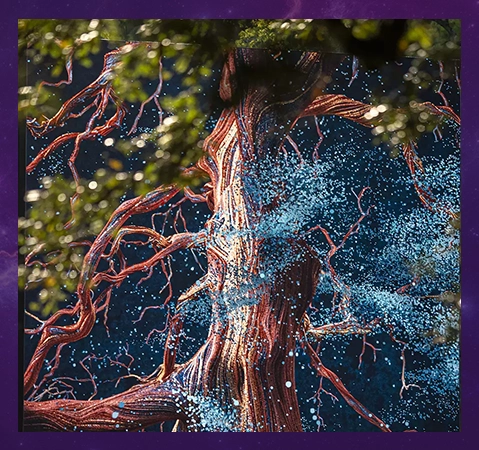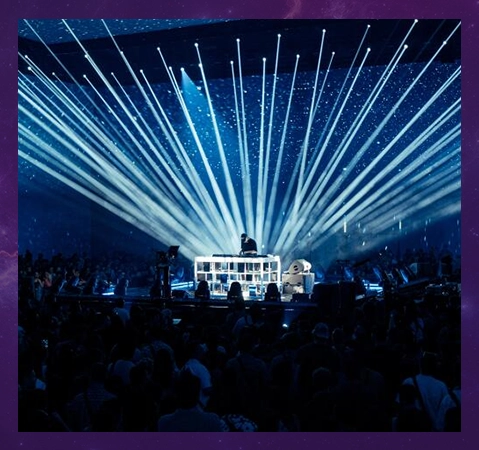
The Art of Immersion: What Studio Ghibli Can Teach Us About Experiential Design
share

Summary:
Studio Ghibli has shown how storytelling, imagination, and meticulous world-building can create deeply immersive experiences that resonate across generations. Its films, with richly detailed landscapes, emotional narratives, and fantastical elements, teach designers and brands the art of crafting engaging, multi-sensory environments. The influence of Ghibli extends beyond cinema, inspiring video games like Nintendo’s Breath of the Wild and Ni no Kuni by Level-5, as well as films from Disney and Pixar, demonstrating how emotional depth and imaginative worlds can captivate audiences. Experiential projects like Sentient By Elysian’s MangoVerse apply these lessons to real-world environments, blending technology and creativity to transform ordinary spaces into extraordinary, interactive experiences.
Table of Contents:
Studio Ghibli's Riveting Influence
Big Brands That Followed Ghibli’s Lead
#1 Ghibli’s Influence on Nintendo
#2 Studio Ghibli and Level-5’s Enchanting ‘Ni no Kuni’
#3 Echoes of Ghibli in Disney and Pixar films
Do you remember the sense of wonder when you watched cartoons and animations as a child? Worlds where anything could happen, where skies were filled with magical creatures, and forests whispered secrets? Animation has a special way of bringing these fantastic worlds to life. Whether we were laughing at a funny cartoon or getting lost in a fantastical story, cartoons had a unique power to transport us to places beyond the ordinary, sparking our imaginations and leaving us with a sense of joy and wonder that lasts into adulthood.
In many cultures, animation is more than just a form of entertainment—it’s a shared experience that spans generations, resonating equally with children, parents, and grandparents. In Japan, where animation is deeply ingrained in the cultural landscape, these animated stories become part of daily life. The stunning visuals and heartfelt narratives of anime and animated films are not just stories but cherished companions, each offering a window into new emotions, memories, and reflections.
This ability to create deeply immersive, emotionally resonant experiences offers a powerful lesson for designers today. Animation teaches us how to design spaces and experiences that resonate on a personal level, leaving lasting impressions long after the moment has passed. It’s a craft that blends creativity with innovation, where imagination transforms into something tangible and meaningful. Let’s explore how this magic happens and how we can apply it to experiential design.
The Enduring Influence of Studio Ghibli
At the core of Studio Ghibli's genius lies its unparalleled ability to transport audiences into realms of pure escapism. Co-founded by Hayao Miyazaki and Isao Takahata, the studio has crafted worlds that extend beyond traditional storytelling. Miyazaki, in particular, excels at creating immersive environments that feel alive and fully realized. Films like Spirited Away and My Neighbor Totoro serve as prime examples of world-building, where every visual element is intricately designed to contribute to the atmosphere. In these films, narrative, space, and ambiance come together harmoniously, inviting audiences to not only experience a story but to step into a tangible, living world.
Studio Ghibli's mastery of emotional storytelling and environmental immersion offers valuable lessons for brands looking to create unforgettable, multi-sensory experiences that engage audiences on a deeper level. Just as Miyazaki and Takahata transport us into fantastical worlds, modern experiential marketing seeks to do the same by crafting branded environments that allow customers to become active participants in an unfolding narrative.
For example, many brands today are incorporating elements of storytelling, visual design, and soundscapes to create interactive installations that invite consumers to immerse themselves in the narrative. Whether through content creation, holographic technology, or dynamic sculptures, brands are borrowing from Studio Ghibli’s approach, designing environments that blur the lines between fiction and reality. In these spaces, consumers can emotionally connect with a brand in much the same way that viewers form a deep bond with Ghibli films. This kind of experiential marketing taps into our longing for meaningful, personal interactions, creating connections that echo the emotional resonance we find in Ghibli’s worlds.
How Big Brands Are Embracing Ghibli’s Legacy
Studio Ghibli’s impact reaches far beyond its cinematic masterpieces, influencing the creative direction of some of the world’s leading brands. The studio’s iconic mix of heartfelt storytelling, stunning visuals, and universal themes has become a gold standard for brands seeking to evoke genuine emotion and wonder. From fashion designers launching Ghibli-inspired collections to video game developers incorporating Ghibli-esque narratives and aesthetics into their worlds, these companies are tapping into the studio’s magic to foster deeper, more authentic connections with their audiences. By channeling Ghibli’s spirit, they’re not just paying tribute to its legacy—they’re expanding its reach into new, exciting forms of creative expression.
#1 How Studio Ghibli Inspired Nintendo's Immersive Worlds
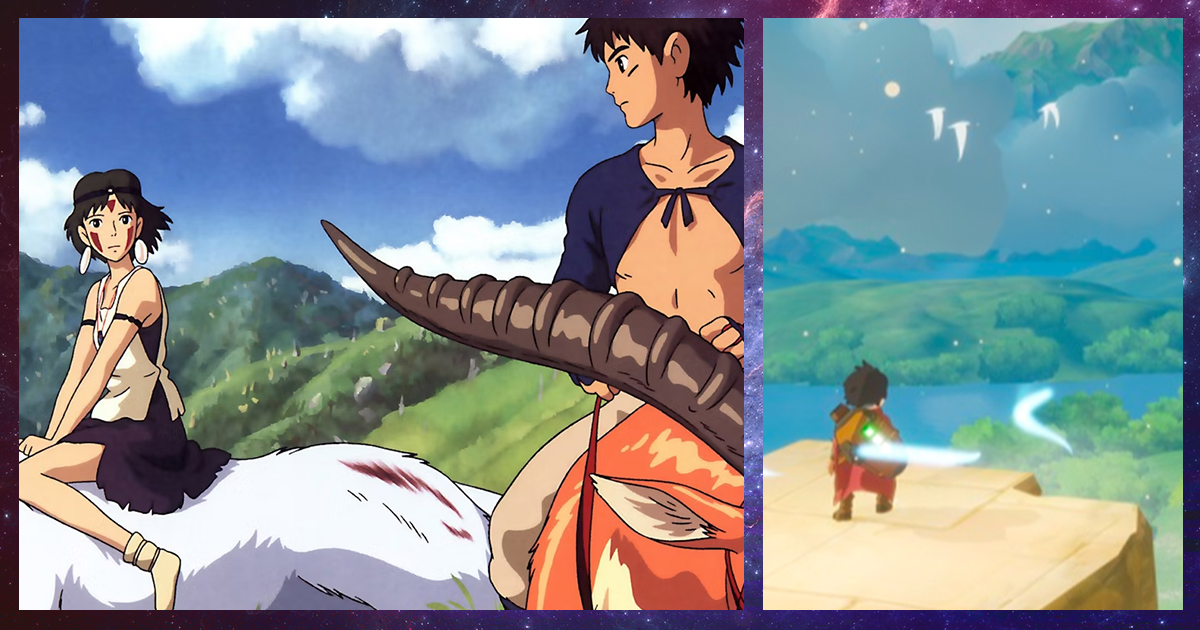
Studio Ghibli and Nintendo are two pillars of Japanese pop culture, each renowned for their ability to craft immersive, imaginative worlds. Despite operating in different mediums—Ghibli in film and Nintendo in gaming—their creative philosophies are deeply aligned, leading to a natural cross-influence between the two. Nintendo’s iconic franchises, especially The Legend of Zelda, have often been compared to the magical storytelling and visual artistry seen in Ghibli’s films.
Ghibli’s signature strength lies in its ability to blend whimsical narratives with deeply emotional storytelling, all within beautifully realized worlds. This influence is particularly evident in TheLegend of Zelda: Breath of the Wild, where the game’s vast landscapes, painterly skies, and moments of tranquil exploration feel reminiscent of Ghibli classics like My Neighbor Totoro and Princess Mononoke. The serene villages, ancient ruins, and even the bond between Link and his horse could easily be a scene from a Ghibli movie.
Both Ghibli and Nintendo prioritize emotional depth over grand spectacle. Ghibli masterfully incorporates subtle, quiet moments to evoke a sense of wonder, whether it’s Chihiro enjoying rice balls in Spirited Away or Ashitaka pausing to admire a deer in Princess Mononoke. Similarly, Nintendo’s games encourage players to slow down, appreciate their surroundings, and find joy in the smaller details.
This philosophy is reflected in gameplay mechanics like the freedom to climb, cook, and explore at your own pace in Breath of the Wild. The absence of intrusive direction mirrors Ghibli’s organic storytelling, inviting players to engage with the world in their own unique way. By embracing values of creativity, curiosity, and respect for nature, both Studio Ghibli and Nintendo demonstrate how art—whether on screen or in a game—can touch our hearts and create worlds we never want to leave.
#2 Studio Ghibli and Level-5’s Magical ‘Ni no Kuni’
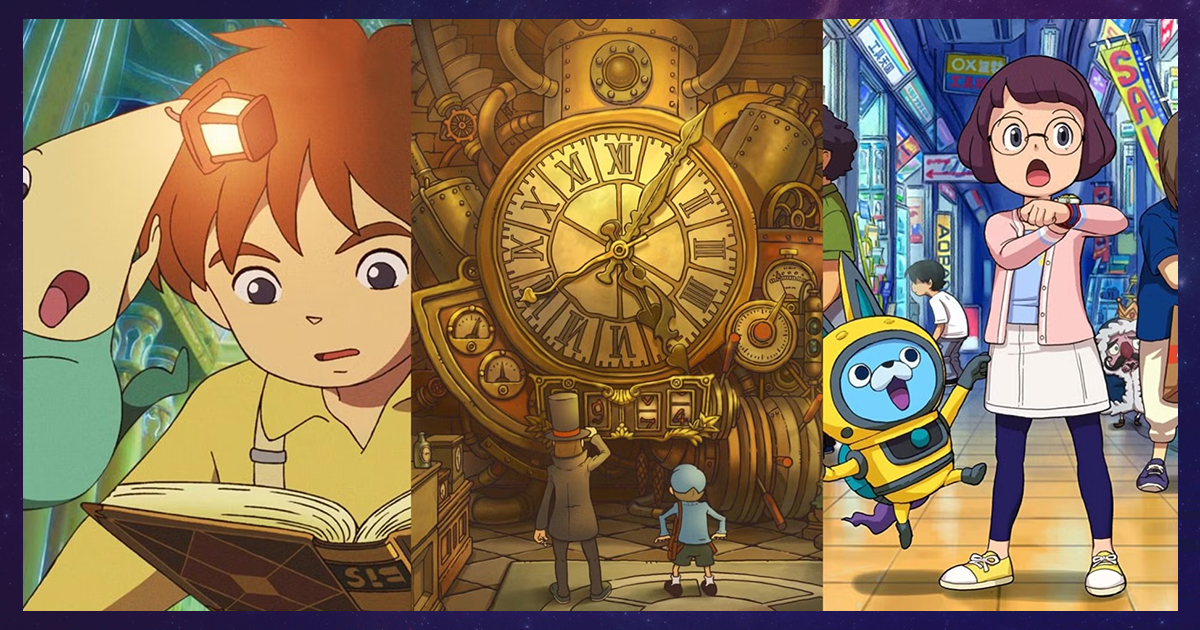
The Ni no Kuni games, a collaboration between Level-5 and Studio Ghibli, showcase the seamless fusion of Ghibli’s enchanting storytelling and artistry with the interactive world of gaming. These titles bring Ghibli’s iconic hand-drawn style into the gaming universe, featuring whimsical character designs and expansive, fantastical landscapes that feel straight out of the studio’s most beloved films. Every detail— from the animation to the evocative music composed by longtime Ghibli collaborator Joe Hisaishi—adds to an experience that is as visually stunning as it is emotionally resonant.
More than just a visual feast, the Ni no Kuni series offers deeply emotional narratives, exploring themes of loss, resilience, friendship, and self-discovery with the same grace and depth that Ghibli is renowned for. Players are transported into a world where the innocence of childhood intersects with life’s complexities, creating an emotional depth that stays with them long after the game ends.
In a similar vein, the team at Sentienty by Elysian found inspiration in the immersive worlds of Studio Ghibli to create MangoVerse, a reimagined version of Dubai’s iconic skyline. Just as Ghibli transforms the everyday into something magical, Sentient By Elysian re-envisioned the city as a vibrant, mango-inspired wonderland. By merging hyper-realism with playful surrealism, they created an experience that invites viewers to see the familiar through a fresh, imaginative lens. Much like Ghibli’s films, this project demonstrates how the combination of creativity and innovation can turn the ordinary into something extraordinary, sparking inspiration and new perspectives.
#3 Ghibli’s Influence on Disney and Pixar Films
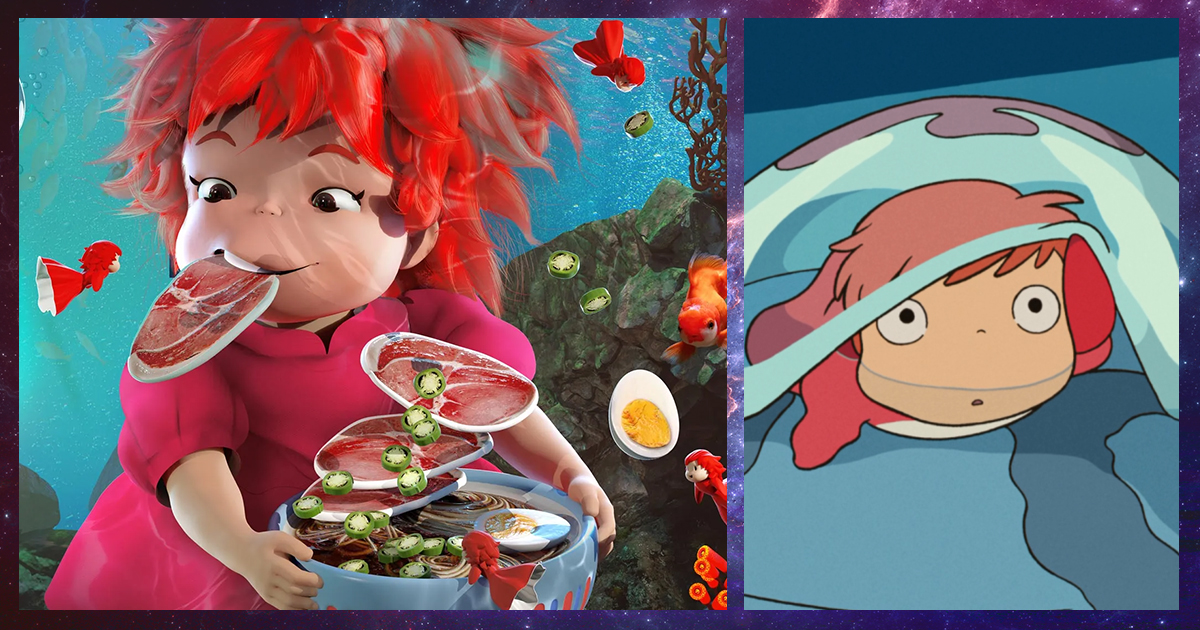
The enchanting storytelling and immersive world-building of Studio Ghibli have left a lasting mark on Disney and Pixar, shaping the way these studios create emotionally resonant narratives and captivating, magical worlds. One prime example is The Little Mermaid, a Disney classic that shares thematic echoes with Ghibli’s Ponyo. Both films center on young mermaids eager to explore the human world, delving into themes of curiosity, independence, and transformation. Ponyo’s vibrant underwater world, brimming with childlike wonder and discovery, mirrors Ariel’s fascination with the human realm in The Little Mermaid. Like Ghibli’s approach, Disney’s The Little Mermaid blends wonder with emotional depth, emphasizing personal growth and the exploration of new realms.

Pixar’s Coco offers another example of Ghibli’s influence on modern animation. Much like Ghibli’s films, Coco merges visually stunning, fantastical worlds with poignant emotional narratives, focusing on family, memory, and legacy. The film’s celebration of culture and tradition, especially its depiction of Día de los Muertos, resonates with Ghibli’s reverence for nature, folklore, and ancestral connections. The visual style of Coco—rich in color, intricate details, and dreamlike landscapes—echoes the detailed environments and living worlds that Ghibli is known for, making the film feel as vibrant and textured as one of their own animated features.
In a Nutshell
Studio Ghibli’s influence extends far beyond animation, inspiring not only filmmakers but also the world of experiential marketing. Ghibli’s mastery in creating immersive, emotionally engaging worlds has prompted brands to design experiences that go beyond simple product showcases—they invite audiences into living, breathing narratives. MangoVerse exemplifies this approach, blending art, technology, and imagination to offer an experience that fosters deep, personal engagement. Just as Ghibli’s stories leave a lasting emotional impact, today’s experiential marketing—rooted in immersion and emotion—creates unforgettable moments that bridge the gap between fiction and reality.
Website | LinkedIn | Instagram | YouTube | Facebook



